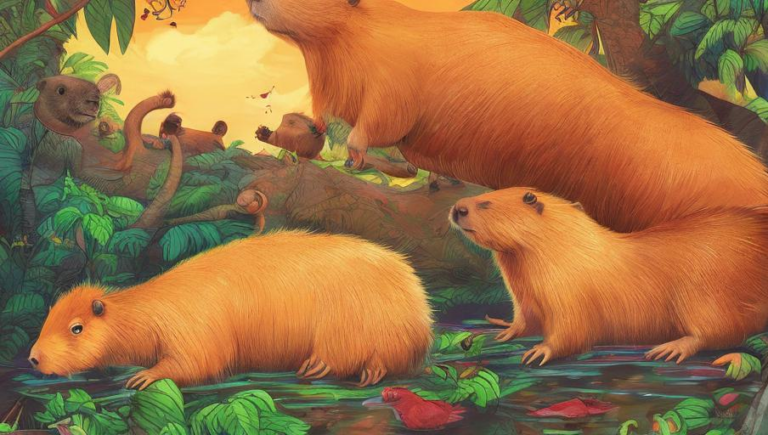Caterpillar Coloration: How Color Helps Them Survive

Colorful Adaptations
Caterpillars are small, soft-bodied animals that are found in a variety of habitats. The most recognizable feature of these creatures is the colorful array of stripes, spots, and other markings that adorn their bodies. But why are caterpillars so vibrantly colored? It turns out that this coloration serves an important purpose in helping them survive in their environment.
Camouflage
One of the most common uses of coloration in caterpillars is to help them blend in with their surroundings. Many species of caterpillars use colors and patterns that match their background, making it difficult for predators to identify them. For instance, the Lymantria dispar caterpillar has a dark and light pattern that helps it blend in with branches and leaves. Other caterpillars have bright colors and patterns that allow them to mimic toxic species, such as the monarch butterfly caterpillar, which has orange and black stripes to mimic the colors of the poisonous monarch butterfly.
Warning Signals
Another use of coloration in caterpillars is to act as a warning signal to predators. Many species of caterpillars have bright colors and patterns that serve as a warning to potential predators. For instance, the Papilio polyxenes caterpillar has an orange and black pattern that warns predators that it is toxic and should not be eaten. Other species, such as the Spilosoma virginica caterpillar, have bright colors and patterns that mimic the colors of wasps, which can make predators think twice about attacking them.
Thermoregulation
Caterpillars also use colors and patterns to help regulate their body temperature. Dark colors absorb more heat, while light colors reflect it. This can help a caterpillar warm up in cool environments or cool down in hot environments. For instance, the Actias luna caterpillar has alternating dark and light stripes, which helps it regulate its body temperature, as well as camouflage itself in its environment.
Social Signals
Finally, coloration in caterpillars can also act as a social signal. Many species of caterpillars have bright colors and patterns that can be used to identify particular individuals and help them find mates. For instance, the Grammia quenseli caterpillar has bright yellow and black stripes that help them recognize each other and find mates.
Conclusion
Caterpillars are small and often overlooked, but their colorful array of stripes, spots, and other markings serve an important purpose. Not only can these colors and patterns help them blend in to their environment, they can also act as warning signals to predators, help them regulate their body temperature, and even aid in social signaling. Caterpillars are a remarkable example of the power of coloration and its ability to help animals survive.




